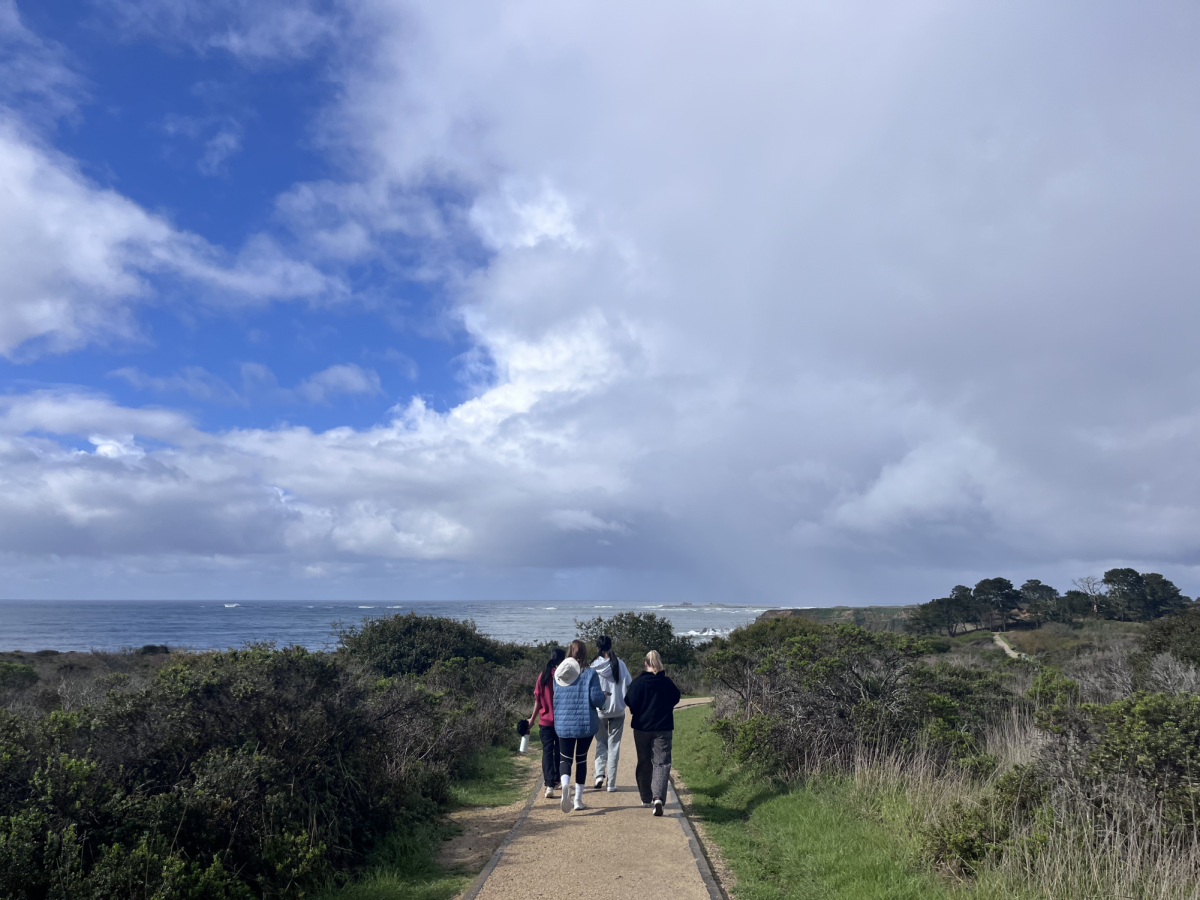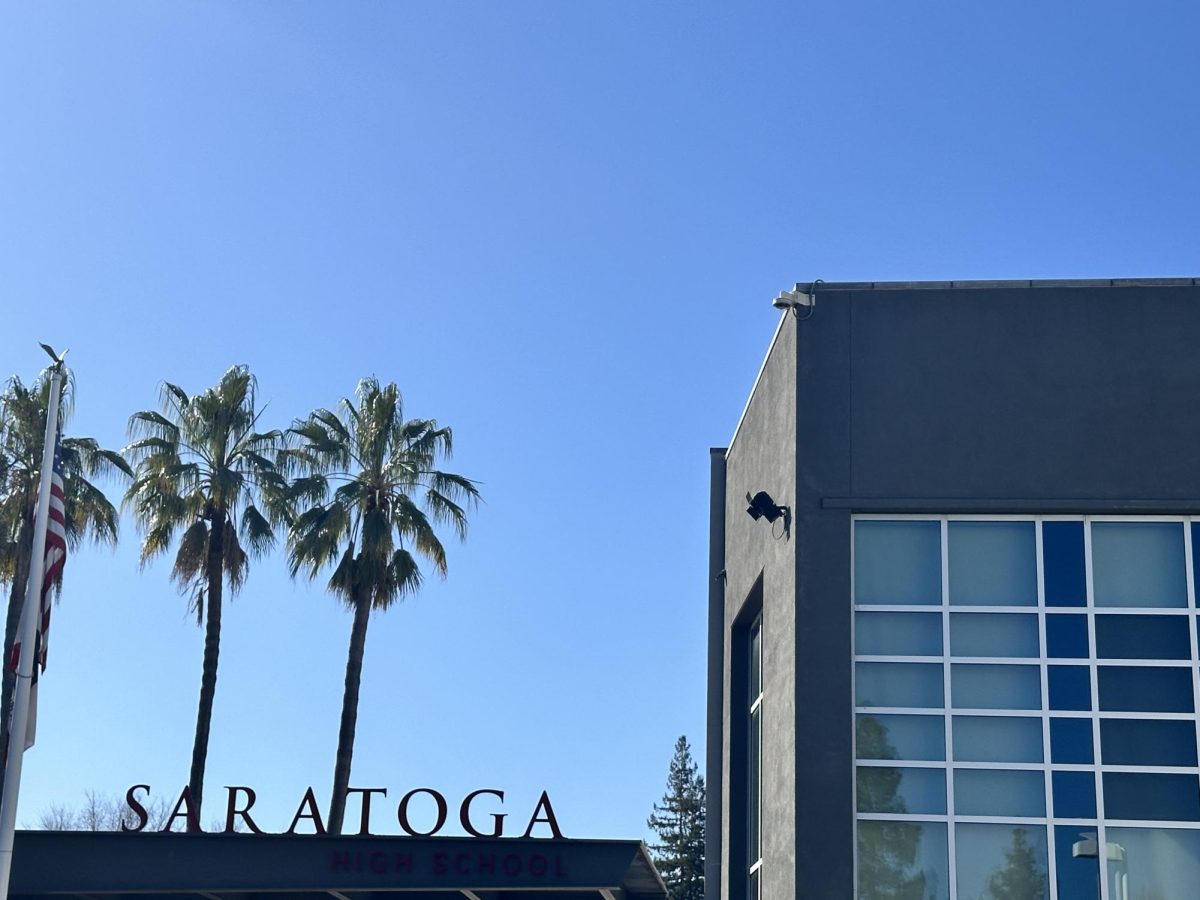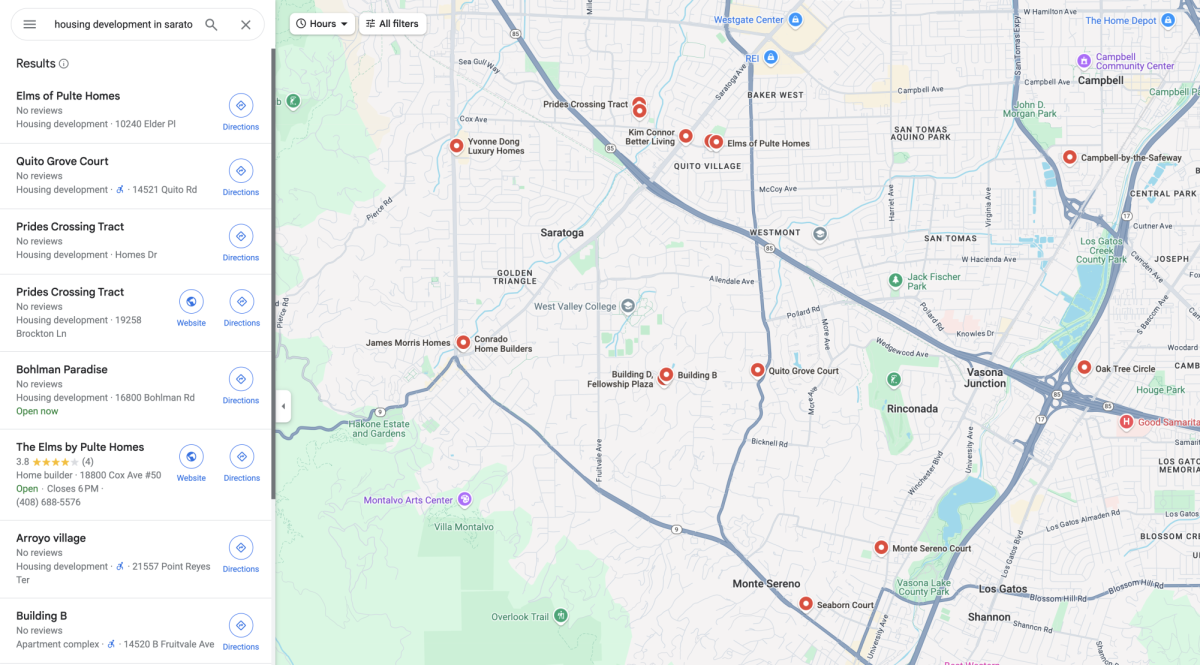On a typical Sunday afternoon this past April, my house’s doorbell rang unexpectedly. Outside stood a white-haired lady with a clipboard and some papers. Yet, instead of advertising or selling anything, the lady told me something surprising — there was a plan to construct eight new single-family houses on a lot at a key entry street to my neighborhood.
This trend of aggressive development like this — putting multiple units on traditional single-family home lots — stems from California’s aggressive push to increase housing units to meet the state’s growing population demands. Developers are using the state’s Builders’ Remedy provision to bypass local zoning rules if a city or county fails to meet its Regional Housing Needs Allocation (RHNA) requirements, leading to more projects that clash with the established character of neighborhoods in cities like Saratoga and Los Gatos.
The lady was a homeowner in the neighborhood who volunteered to inform other members about the issue and start a petition opposing the development. Having lived there since the 1950s, she said it was the first time she had encountered the new-home initiatives expanding in Saratoga. Not surprisingly, she said the majority of the community residents opposed the construction because it would be one step toward fundamentally altering the nature of our small, peaceful community.
Saratoga is known for its suburban streets and small-town feel, while still having the proximity to larger cities and many jobs in high-tech companies. It was hard to comprehend why someone would try to change the fundamental character of places like this.
The lady conveyed to my family that the Homeowner Association (HOA) is opposing the new construction because most families originally chose to reside in the area for its quietness and small community, which they have the right to maintain. Therefore, the HOA is collecting the signatures of the neighborhood for a petition and also using a strong argument on the HOA’s contract that states only one house is permitted on each lot of land.
However, this wasn’t an isolated issue. Over the next few months, I learned of similar housing developments across the greater San Jose area. For example, a double-tower complex housing unit in downtown San Jose and a 25-house plan on Pierce Road, among many others.
The state’s primary concern is clear: they want to lower housing costs and reverse the trend of people leaving California by making it easier for younger residents and those in lower paying jobs to find homes. However, this comes at a cost to long-time residents at smaller, quiet communities who paid millions of dollars for homes in peaceful, safe neighborhoods
The California government has set ambitious housing goals and isn’t letting traditional zoning laws get in the way of them. According to the Santa Barbara Independent, “California housing regulators are pushing local governments across the state to permit 315,000 new units every year until the end of the decade — a pace of construction without precedent in California.”
While I understand the state’s desire to address the housing crisis, they are overlooking the needs and voices of the people already living in these established neighborhoods. The solution doesn’t have to be so extreme.
Rather than building large new, complex developments in the middle of existing smaller communities, I believe a balanced solution is essential. Accessory Dwelling Units (ADUs), which have proven to be successful in increasing housing density without drastic changes, offer an ideal transition.
By encouraging ADUs, which add just one additional unit to traditional lots, we can accommodate for growth while preserving the quiet, suburban feel that defines communities like ours. Additionally, ADUs not only offer affordable housing options to homeseekers but also provide financial benefits to the homeowners because of an extra source of income coming from rent or the benefit of being able to house older family members in a more affordable way (this is why they’re sometimes called granny units).
The shift to ADUs in a place like Saratoga would enable the community to gradually adjust to higher density housing that has to eventually come in the future. ADUs serve as a stepping stone between preserving traditional single-family houses and meeting the increasing demand for affordable homes.
An example of a community’s demonstrated resistance to sudden and intense implementation of new developments would be Woodside, located in San Mateo County. In 2022, Woodside declared itself exempt from SB 9 — a state law allowing more homes on single-family lots — by claiming that the entire town was a habitat for endangered mountain lions. However, this tactic was quickly overturned by the California Attorney General, forcing Woodside to comply. This unusual resistance tactic proves the lengths to which some communities are willing to go to avoid development
In contrast, ADUs provide a smoother and less confrontational transition. ADUs offer a practical solution that supports housing development while protecting the original feel of communities like ours.
In essence, balancing growth with previous housing goals is essential to ensuring that both new and old residents can thrive in California. Instead of large scale apartment complexes, ADUs could be a solution that residents like the white-haired lady at my door would be more comfortable with.




























